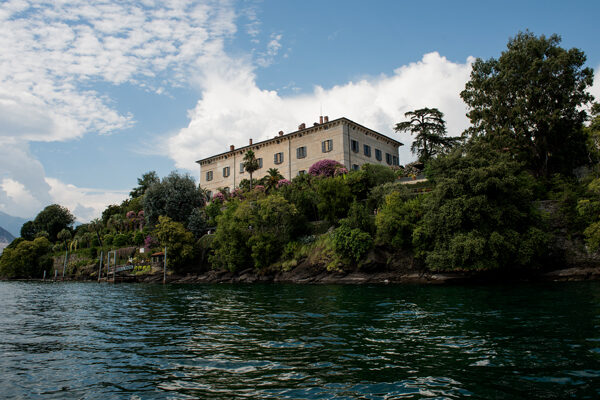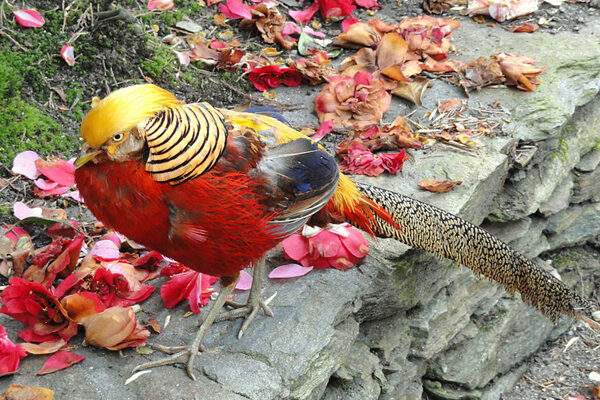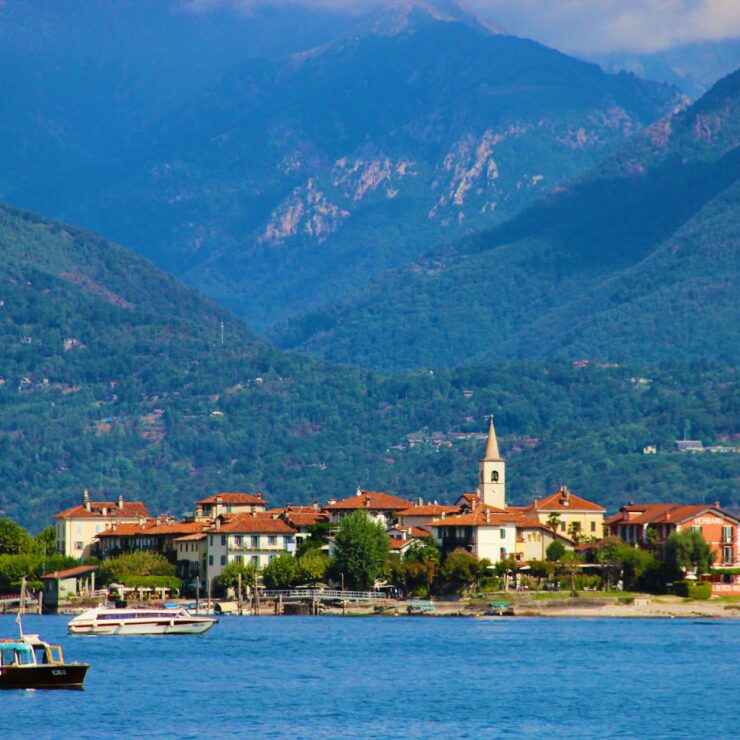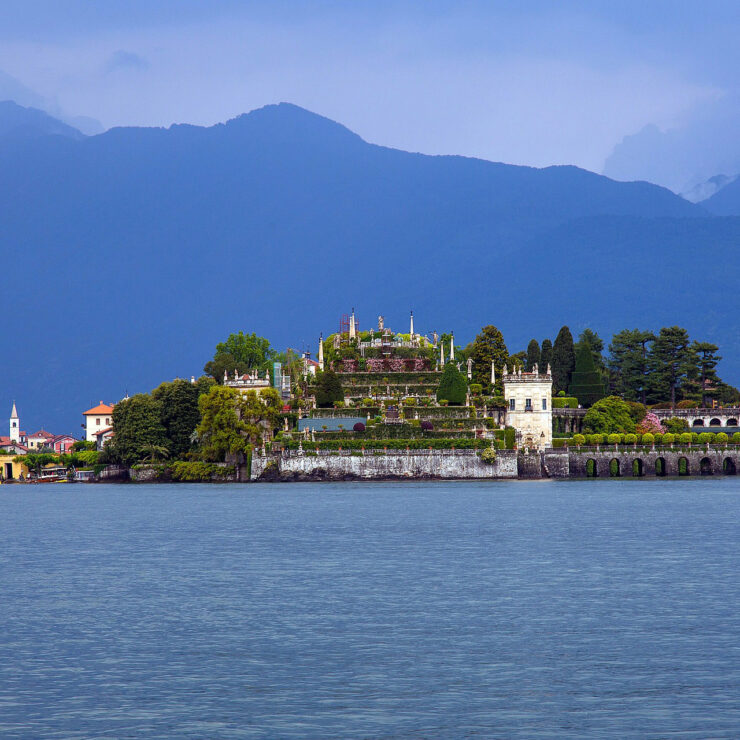Isola Madre
A bit of history
Isola Madre is the largest of the Borromean archipelago on Lake Maggiore. With some buildings, it is famous above all for its lush gardens where you can find refined botanical collections. In ancient times it was called the Island of San Vittore, then Isola Maggiore, while the name “Madre” still used today is considered a tribute to the historical supremacy of the island in Lake Maggiore.
The history of isola Madre is linked to that of the Borromeo family since 1500, when the first transformation works of the island began, which led it to become first an orchard, then an olive grove and finally a citrus grove.
What to visit
Open to the public since 1978, the Palazzo, which dates back to the 16th century, is particularly interesting due to the reconstruction of the rooms, which are set up with furnishings from various historical residences of the Borromeo family. One must visit the Salone Veneziano, with a splendid rococo trompe l’oeil decoration and surmounted by a prestigious Murano blown crystal coloured chandelier. With trompe l’oeil-decorated walls reminiscent of those of a flowered gazebo; the Reception Hall; the Sala delle Stagioni with the great tapestry; the Hall of Dolls which houses an important collection of nineteenth-century dolls from France and Germany. The collection of puppets and puppet theatres of the Borromeo house is also unique, essentially intended for entertainment and fun, which date back to the seventeenth, eighteenth and nineteenth centuries.
The Chapel and the Garden
The palace is surrounded by a beautiful botanical garden that the French writer Gustave Flaubert called “heaven on earth”. The Park, which is developed on terraces, is home to rare and exotic plant species from different parts of the world and colourful animal species, it is not uncommon to come across colourful parrots, Chinese pheasants or elegant peacocks, even white ones. In the place where the ancient church of San Vittore was located is where the chapel of the Borromeo family stands today, built in 1858.





